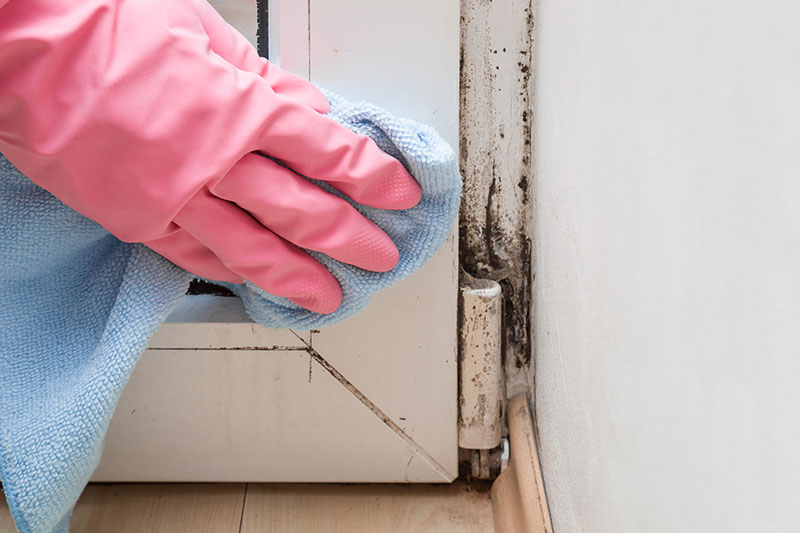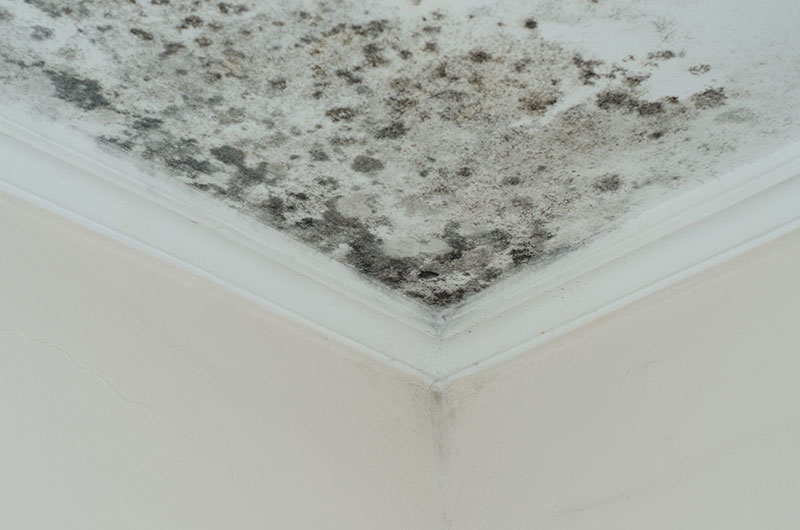Advertisement
Mold are micro-organisms that thrive and grow in temperatures between 60-80 degrees and enough moisture. They tend to resemble hairy growth and black, white, brown, green, or orange spots.
The release of moisture from hot showers, using uncovered pots for cooking, using humidifiers, and storing vegetables, like potatoes and squash, provide the best habitat for mold to thrive. And although some fungi may be beneficial, they can be destructive and dangerous.
Negative Effects Of Molds On Health
Molds may affect your family by causing a stuffy nose, itchy eyes, wheezing, and skin problems. As for people with allergies or asthma, molds may cause intense reactions, such as fever and shortness of breath.
Recent studies have shown that the potential development of asthma in some children is due to exposure to molds. Additionally, people with immune issues or underlying lung illnesses are more prone to fungal infections.
You can use different disinfectants to eliminate pathogenic and allergenic molds. However, if they are present in large colonies, you may require services from a professional, such as a top-rated mold removal company.
Using Cleaning Tools

If you catch molds early, you can use cleaning methods that you will find in your kitchen. All you will need are protective gears to get rid of stray pores. Some of these disinfectants may include the following:
- Hydrogen peroxide is an anti-fungal solution that doesn’t release toxic fumes, and it has a bleaching effect. Pour the solution into a spray bottle and soak the mold for ten minutes and scrub it off. It will lighten stains and kill mold, and it’s less harsh than chlorine.
- ½ cup of chlorine or household bleach that is mixed with five cups of water can destroy mold and lighten stains effectively.
- Borax and baking soda have a high PH that hinders the growth of mold, and they aren’t toxic. In a spray bottle, add ¼ of a tablespoon of baking soda and water, and then mix it well. Spray the solution on a moldy area, scrub it, and wipe off the residue.
- White vinegar is a non-toxic option that has an acidic base that slowly breaks down the mold.
Cleaning General Surfaces
Once you decide on a disinfectant of choice, start by ventilating your space: opening doors and windows. Next, wear protective gear, such as gloves, old clothes, and eye protection.
With 1 part of chlorine bleach to a gallon of water, soak the mold growth and leave it for 15 minutes before scrubbing. Use a soft-bristled brush to clean off all the mold and rinse the area. Leave the surface to dry or pat dry with a worn-out cloth that’s absorbent.
Cleaning Painted Walls And Wooden Floors
When cleaning painted walls and wooden floors, mix bleach, detergent, and water to form a solution and use it to get rid of the mold. Avoid using bleach on its own on painted walls and wooden floors since it tends to be harsh on its own. Spray the solution on the mold and let it air dry.
If you prefer using hydrogen peroxide, don’t leave it out for an extended period. Instead, go for a fresh batch that fizzes when it touches the mold. Let it settle for 10 to 15 minutes, then scrub with a brush and wipe away the remnants.
When getting rid of mold, soak a cotton ball in hydrogen peroxide and place it along the edges of your bathtub and tight corners of the shower. These places are the main breeding grounds for mold.
Maintaining Practices To Prevent Mold
With all the mold cleaned, you must maintain a dry house to prevent mold growth by ensuring humidity levels are between 30% and 50%. Repair any leaks in your walls, plumbing, and roofing to avoid getting dripping water. Additionally, get fans that direct moist air from vents when cooking, showering, and using a humidifier.
Take advantage of a dehumidifier to get rid of excess moisture and keep the windows closed if it’s humid outside. During the construction of your basement, avoid using wall-to-wall carpets on your basement unless it’s scorched and won’t flood.
Bottom Line
Once you discover the presence of molds in your house, you need to get rid of them immediately, as mildew can cause severe reactions to people suffering from allergies, asthma, a weak immune system, and underlying lung problems. All you need are the proper tools, such as the right disinfectant, to remove them.
In short, eliminating molds is one way you can protect the health of your loved ones and keep your home in great condition.

